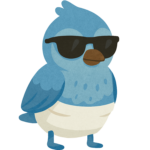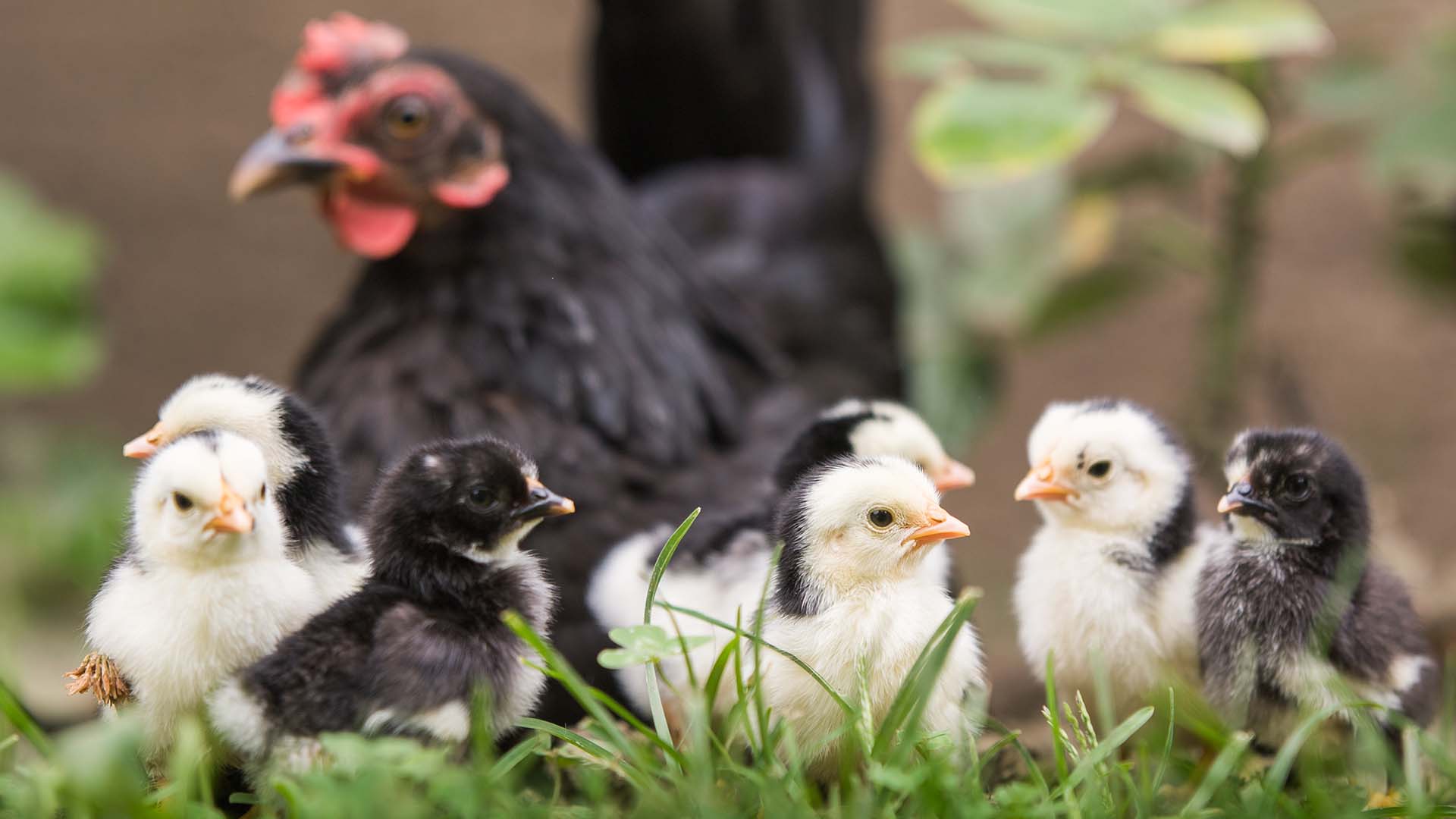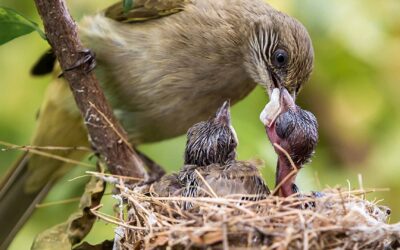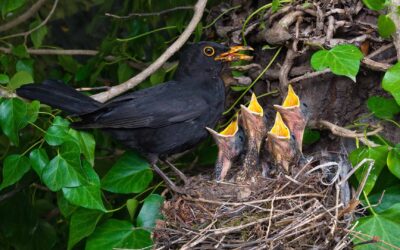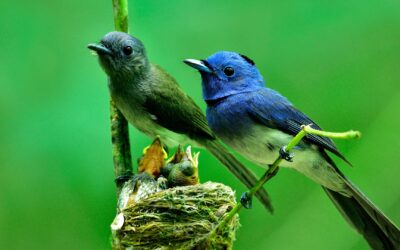Meet These Marvelous Baby Birds: Chicks in the Grass
What do you get when you mix tiny fluffballs, a proud mama hen, and a patch of green grass? A whole lot of peeping, waddling, and irresistible cuteness! 🐥 This photo captures a real-life moment in the life of a brood of baby chickens—also known as chicks—exploring their world under the watchful eye of their mother. While they may look like plush toys come to life, these chicks are already learning big life lessons with every step.
Life Begins in the Nest (or the Coop!)
Chicks hatch from eggs after about 21 days of incubation. During that time, the mother hen (also called a broody hen) keeps the eggs warm and turns them regularly. Once the chicks hatch, they are ready to leave the nest almost immediately. Unlike some birds that stay in the nest for weeks, baby chickens are precocial—which means they can walk, peck, and follow their mom just hours after hatching!
- Precocial animals hatch or are born in an advanced state and are mobile early on.
- Chicks can recognize their mother’s voice—and she can recognize theirs!
- The downy fluff covering chicks isn’t just cute—it helps keep them warm.
Chick Chat: How These Baby Birds Communicate
Chicks don’t need words to talk. They peep, chirp, and even trill to communicate. And guess what? Hens start “talking” to their chicks before they hatch! Scientists have recorded hens making clucking sounds while sitting on their eggs—and chicks chirping back from inside the shell. It’s like they’re getting to know each other before meeting face-to-beak!
Did You Hear That? Baby Chicks Are Great Listeners
Studies show that chicks respond differently to their mother’s warning calls versus her feeding calls. That means they know when it’s time to scurry and hide… and when it’s time to come grab a snack. Talk about built-in instincts!
Look-Alikes: Not All Baby Birds Are Chicks
It’s easy to see a fluffy baby bird and shout “chick!”—but hold your peeps! There are many species of birds whose babies can resemble chicks. For example:
- Ducks and geese have ducklings and goslings, often yellow or brown and excellent swimmers from birth.
- Quail chicks are smaller than chickens and often sport intricate speckled patterns.
One easy way to tell: chicks (baby chickens) have three toes facing forward and one pointing back, perfect for scratching the ground. Ducklings have webbed feet for paddling in ponds.
From Chick to Chicken: Growing Up Fast
Chicks grow quickly—really quickly. In just six weeks, they begin to look like miniature versions of adult chickens. Their downy fluff is replaced by real feathers, and their little “cheeps” deepen into adult clucks and crows.
Feather Facts: Baby Chickens Edition
- Chicks grow their first true feathers at about 7 days old.
- By 12 weeks, most are fully feathered and independent.
- Some breeds even start to “practice” crowing by 6 weeks!
See Baby Chickens in Your Backyard?
If you ever spot a fluffy chick with its mama outside, keep your distance and enjoy the view from afar. These baby birds are busy learning how to be chickens—scratching for bugs, snuggling under wings, and following the flock. It’s nature’s way of raising the next generation, one tiny peep at a time. 🐣
Curious to learn more? Learn How to Speak Chicken is a great book for anyone learning to understand chicken behavior and how they communicate. For a deeper dive into the science of chick development, you can also check out the San Diego Zoo’s chicken page.
Next time you see a puffball in the grass, ask yourself: is that a chick—or another kind of baby bird in disguise?
